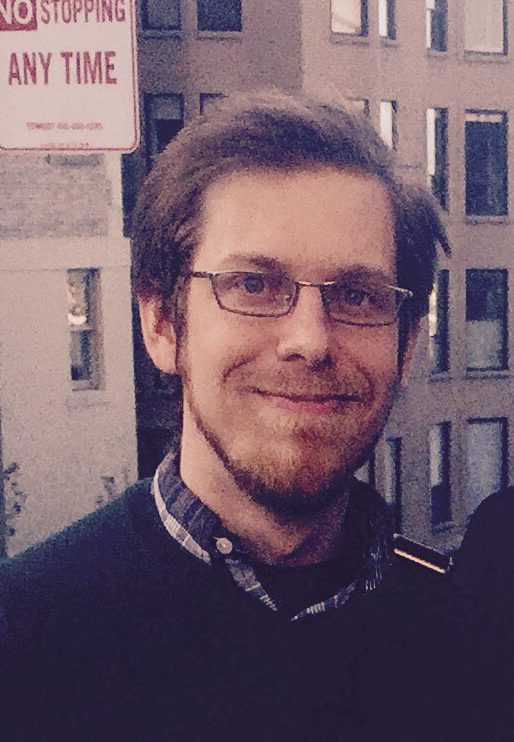Zoom Link:
https://zoom.us/j/97032192900?pwd=VmJNbm5vQUJGNU91OHVFa0xXZ1Y1QT09
Meeting ID: 970 3219 2900
Passcode: 1872
About the Seminar:
Numerous “two-dimensional” (2D) semiconducting materials, which possess covalent bonding in only two dimensions, exhibit emergent physical properties at the mono/few-layer limit which could potentially revolutionize the design of electronic and photonic devices. While ultrathin layers of 2D materials have been successfully prepared through a variety of routes, the resulting layers always contain various types of structural defects, such as step/edge terminations or atomic vacancies, which can impact performance (positively or negatively) in a given application. A firm understanding of how physical or chemical processes are altered at these defects would provide a rational basis for the design of improved devices, but such information has proven difficult to generate using conventional analytical tools, which cannot differentiate the behavior of defects from that of the pristine bulk material. In this presentation, studies will be described which apply Scanning Electrochemical Cell Microscopy (SECCM) as a tool for exploring the physical and chemical behavior of 2D semiconducting materials at the nanoscale, clearly revealing the role structural defects play in the generation, transport, and extraction of minority carriers in these materials. Utilizing mechanically-exfoliated transition metal dichalcogenide (TMD) nanoflakes as a model system, it will be shown how SECCM can be employed to directly map photocurrents generated within single-particle “solar cells”, revealing how various types of native and engineered defects alter carrier recombination and extraction in photoelectrochemical cells. A novel mode of SECCM, “Carrier Generation-Tip Collection” (CG-TC), will then be described which allows carrier transport within individual nanostructures to be directly visualized. CG-TC studies will be presented which quantitatively analyze carrier transport within individual TMD nanoflakes, allowing bulk carrier diffusion lengths and recombination velocities at individual, nanoscale defects to be unambiguously evaluated. Applications of these methods to analyze carrier dissociation/transport within heterostructures of 2D materials will be presented at the outset.
About the Speaker:
Caleb M. Hill earned a B.S. in Chemistry from Jacksonville State University in 2009 and a Ph.D. in Physical Chemistry from The University of Alabama in 2014. During his Ph.D. studies, he worked in the group of Shanlin Pan, developing optical methods for probing electrochemical reactions at individual nanostructures. He then joined the group of Allen J. Bard at the University of Texas as a postdoctoral researcher, where he studied the effects of electron tunneling in passivated ultramicroelectrode systems and electrochemical methods for probing individual nanoparticles. In 2016, he began his independent career in the Department of Chemistry at the University of Wyoming, leading a research group focused on the development of improved analytical methods for probing chemical processes at single reactive entities and the application of these methods to gain insights into systems for clean energy conversion and storage.



